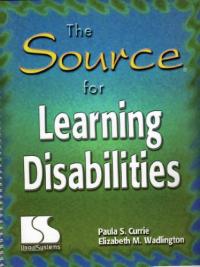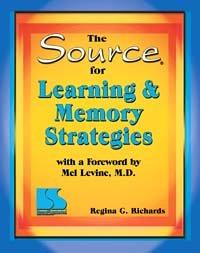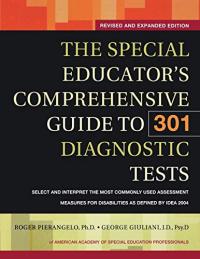
The Short Bus: A Journey Beyond Normal
Labeled “dyslexic and profoundly learning disabled with attention and behavior problems,” Jonathan Mooney was a short bus rider — a derogatory term used for kids in special education and a distinction that told the world he wasn’t “normal.” Along with other kids with special challenges, he grew up hearing himself denigrated daily. Ultimately, Mooney surprised skeptics by graduating with honors from Brown University. But he could never escape his past, so he hit the road. To free himself and to learn how others had moved beyond labels, he created an epic journey. He would buy his own short bus and set out cross-country, looking for kids who had dreamed up magical, beautiful ways to overcome the obstacles that separated them from the so-called normal world.
*This book contains adult language.








